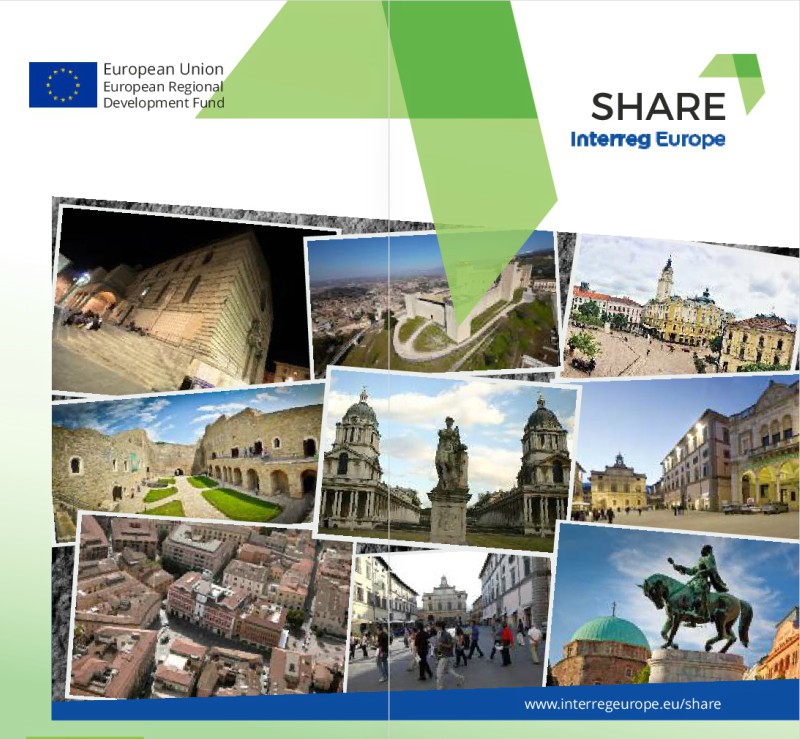 The Cathedral of St. James in Šibenik is the most important architectural achievement of the 15th and 16th centuries in Croatia. Due to its exceptional value, the cathedral was listed in the UNESCO World Heritage List in 2000.
The Cathedral of St. James in Šibenik is the most important architectural achievement of the 15th and 16th centuries in Croatia. Due to its exceptional value, the cathedral was listed in the UNESCO World Heritage List in 2000.
The building was begun by Venetian builders and local stone carvers Andrija Budčić and Budiša Statčić in 1431 but when, after ten years, their work hadn't progressed very far, the great Dalmatian master-builder, Juraj Dalmatinac took over. He devoted most of his life to the cathedral before passing away in 1473. He worked predominantly in the Gothic Flamboyant style but many sculptural works, such as the exterior frieze of 71 sculpted heads, already show Renaissance elements. He gave the cathedral its basic monumental plans such as the transept, domes, sacristy, and baptistery.
Between 1475 and 1505 the work was overseen by Tuscan master Niccolò di Giovanni Fiorentino (Nicola Firentinac), from the Donatello school of sculpture who developed as a sculptor and builder in Dalmatia. He continued the building in the Tuscan Renaissance style, completing the extensive galleries, building the vault in the central nave, the outer sculptures of St. Michael, St. James and St. Mark. The drawing of this sculpture of St. Michael became also the coat of arms of the city of Šibenik.
The barrel roof is made from a line of enormous stone slabs, considered a marvel of construction at the time, and the upper façade. He also built the triforias (parallel galleries) and worked on the presbytery and sanctuary.
Although the dome of Šibenik Cathedral was built after the dome in Florence, Niccolò di Giovanni Fiorentino used an octagonal drum in its construction, before Bramante and Michelangelo, in its original function as the transition from the square base to the circular dome. The execution of the cupola is considered one of the best achievements of Renaissance architecture.
After Fiorentino died in 1505, the construction was completed in 1536 by two other craftsmen, Bartolmeo of Mestra and his son Jacob, completely following Nicholas' instructions. The cathedral officially became consecrated in 1555 after a multitude of Venetian and local craftsmen had worked on it, in Gothic style. Most of the restoration was done between 1850 and 1860 and subsequently between 1992 and 1997.
 The dome of the church was heavily damaged by the JNA-supported Serb forces during the shelling of Šibenik in September 1991. Within years, it was quickly repaired with no visible damage. Today about 100,000 tourists visit it each year.
The dome of the church was heavily damaged by the JNA-supported Serb forces during the shelling of Šibenik in September 1991. Within years, it was quickly repaired with no visible damage. Today about 100,000 tourists visit it each year.
The UNESCO World Heritage listing for the cathedral describes well what makes it so special and important.
The structural characteristics of the Cathedral of St James in Šibenik make it a unique and outstanding building in which Gothic and Renaissance forms have been successfully blended. The Cathedral of St James is the fruitful outcome of considerable interchanges of influences between the three culturally different regions of Northern Italy, Dalmatia, and Tuscany in the 15th and 16th centuries. These interchanges created the conditions for unique and outstanding solutions to the technical and structural problems of constructing the cathedral vaulting and dome. The Cathedral of St James in Šibenik is a unique testimony to the transition from the Gothic to the Renaissance period in church architecture.






